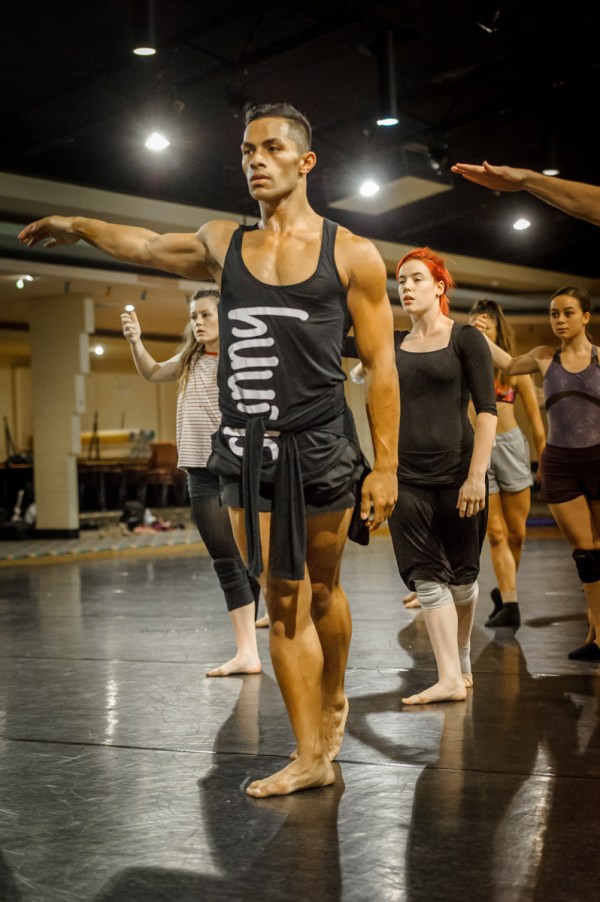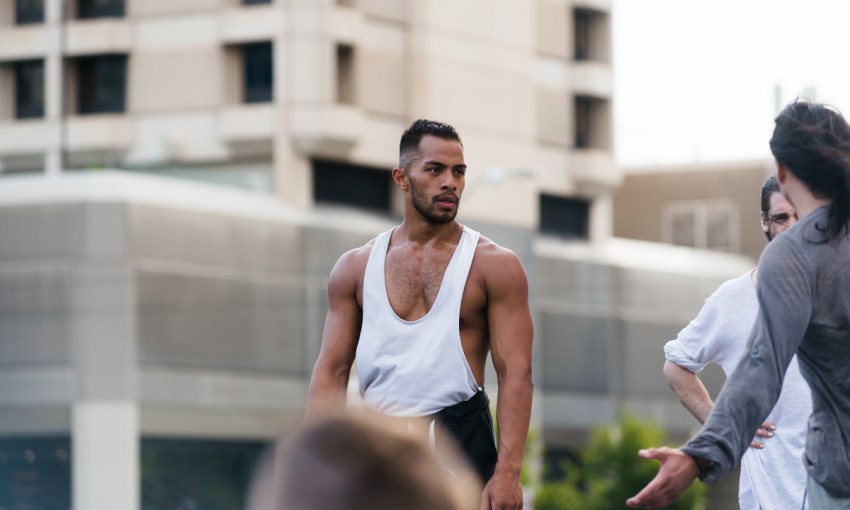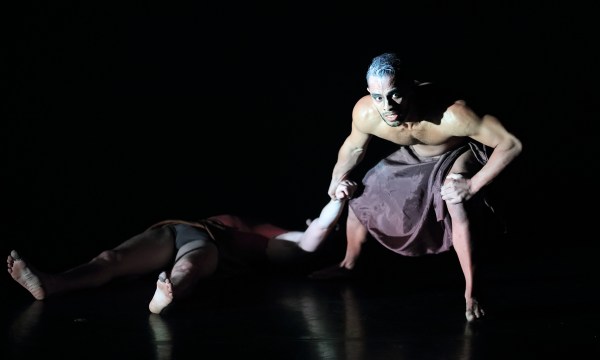After a five year hiatus the contemporary dance showcase is back, and it's bringing with it some challenging historic material.
Australian Dance Theatre revives Ignition
The dark history of human zoos isn’t discussed often and it’s interpreted through dance even less.
Thomas Founa – choreographer and full time dancer at the Australian Dance Theatre – is changing that with a piece to be performed as part of the Australian Dance Theatre’s freshly-revived Ignition program, which has – until now –been on a five year hiatus as a result of funding and venue constraints.
Australian Dance Theatre’s Ignition is showing July 9 -16 at AC Arts – 39 Light Square, Adelaide. Tickets are on sale through trybooking.com.
Thomas’ piece exploring the history and inhumanity of the zoos will appear in the Ignition showcase alongside three other ten minute works by local choreographer-dancers Matte Roffe, Erin Fowler and Katrina Lazaroff. The program also includes a 30-minute commissioned piece by Lina Limosani.
Prevalent across Europe from the 1800s right through to 1945, human zoos existed as a means for European settlers to demonstrate their belief that indigenous people were the missing link between the gorillas and the white man. The prisoners of human zoos were treated like animals for the purpose of European settlers’ entertainment, many being taken by force while others were tricked into joining whilst under the impression they’d tour and perform.
“The zoos had people in cages, like you would watch an animal. They would re-create their home environment, set up palm trees, have a backdrop of a beach, and people would watch them go about their lives, eating, sleeping, singing, traditional dancing,” Thomas says.
Extensive background research has allowed Thomas to explore this abusive historical practice in his work.
“It was about four years ago I started the research process, and I started creating the work about two years ago in instalments,” he says.
“I met up with a lot of people in New Zealand who had done research on human zoos. I started really delving into the archives and learning as much as possible, as well as travelling to Berlin and seeing them for myself, and hearing from historians.”

Thomas working with fellow ADT dancers
Thomas hopes that his work will, ultimately, inform and educate the audience on “a monumental part of history that isn’t really spoken about.”
“I really enjoy the shock factor whenever I watch work,” he says.
“I like to be really surprised and shocked out of my seat, not expecting what I was about to see. I would like the audience members to sort of feel that, as well as to feel compelled and moved by the territory that we’re drawing.”
The performance piece incorporates both contemporary dance and physical theatre and is an adaption of Thomas’ larger show, MALAGA, which toured New Zealand as a part of TEMPO Dance Festival in 2015 and is slated to tour across Europe in 2017.
Thomas says modifying it through the Ignition process has brought in interesting new elements.
“Being able to work with Australian Dance Theatre, and using the dancers that we have through this company… it’s been an amazing platform to just explore and see how far [dancers] are willing to take their emotional and mental states,” he says.
“It is more fascinating to me than just moving, because that’s the kind of stuff you see and resonates with you as an audience member – seeing an artist on stage compelling themselves and sort of allowing themselves to surrender to a concept or to a theme.”
And in essence, that is what makes Thomas’ show strong. For the entertainment of us – the audience – these dancers are paying respect to the individuals whose very existence was mocked and destroyed for an audience’s entertainment.
It’s bittersweet that the theatre is the setting in which so many of us will learn to care about the humans within human zoos, but, as legendary dancer, Martha Graham, one said, “the essence of dance is the expression of man” – and that’s exactly the kind of depth of communication the topic deserves.





